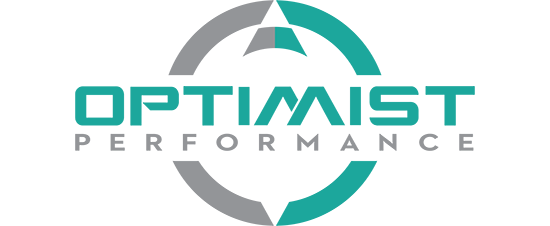Have you ever been in a meeting and thought “Why is this taking so long, this could have been sorted in an email”? Or maybe you thought “Why is he going over so many details? I don’t need to know all that.”
We are all different, which means we all have different styles of communication, and while this may seem obvious, more often than not, it is the root cause of many team challenges. The reality is that knowing something and applying it in our day-to-day lives are two very different things.
From individual knowledge to group understanding
Knowledge is power, as they say, but shared knowledge and understanding is where the magic really happens. We have seen this both within our team at Optimist Performance and with our clients.
Diagnostic profiles are quite popular, and you can find opinions both pro and against them, but as always, the most important aspect is how you use them. If you want to put people in boxes, then you are going about it the wrong way. As we said before, every person is different and many nuances play a part.
However, there is a lot you can learn from these profiles and even more from sharing and discussing your findings with the rest of your team. We have shared ours within the team and it has not only been eye-opening, but it has also changed the way we work together and how we communicate with each other.
Different styles of communication in the workplace
Can you identify yourself and your colleagues?

You can also read more about the different styles of communication in the workplace here.
These bullet points will give you an idea of the different styles of communication in the workplace. Again, this is not about putting people in boxes, but rather about understanding our own and others’ preferences.
Why is it important and how can you use it in the workplace?
Awareness is always the first step towards improvement. Really understanding our own and others’ styles of communication can have a big impact on our relationships. This understanding can change the lens through which we look at others, making us more empathetic.
Adapt and gain. If you know how the person in front of you prefers to communicate, you can adapt your communication style to build rapport and get their buy-in.
Make meetings more effective. Knowing the different styles of communication can help to redefine your meetings. Something we do at Optimist Performance is to schedule the type of meeting we are having. Is this a yellow (creative) meeting? Or do we need a blue (detailed-oriented) meeting? Knowing in advance what to expect can enhance the focus and effectiveness of meetings. It can be really useful to frame the overall style and focus of the meeting.
Enhance feedback. You can apply what you know about the other person’s style of communication to improve the quality of your feedback. For example, if you are giving feedback to a person with an analytical preference, you know you will need to be more specific and know all your facts for your feedback to be effective. When dealing with a direct type, better not to beat around the bush and be straightforward and concise.
Avoid misunderstandings. Surely we can all relate to having had a communication misunderstanding with a colleague. This increases when we communicate through video calls and messages, things can get lost in translation, as the saying goes. However, if we understand the other person’s communication style better, it would be easier to see their message from their point of view.
Who you are gonna call? Even though this is not strictly about the communication style, we think it’s important to mention that the diagnostic can be a great starting point for harnessing strengths and acknowledging weaknesses within our teams. This is something we find incredibly useful within the Optimist team. Because we know each person’s strengths, for example, we can maximise them in our day-to-day interactions and work roles and responsibilities.
The Optimist view…
It’s when we share our preferences for ways of working and talk about them with others that we really start to understand each other and therefore, start to adapt our thought processes and behaviours. Once you take the time to understand the person you are communicating with instead of making assumptions, you will see that communication becomes easier and more effective.
If you want to know more about how your team diagnostic can help you and your team, get in touch with us.


